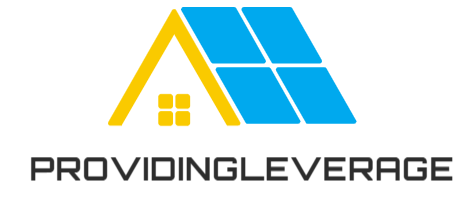In the vibrant world of JavaScript, the desire to write code unburdened by a build system is a siren call for many developers. Yet, this seemingly straightforward path often leads to unexpected challenges, especially when it comes to importing libraries. Time and time again, I’ve found myself grappling with the conundrum of integrating a JavaScript library into my codebase without the aid of a build system, spending hours deciphering instructions that assume a build – centric approach. But through these trials, I’ve emerged with a wealth of knowledge, and I’m eager to share a guide that I wish I had when I first embarked on this journey.
JavaScript libraries typically come in three main flavors of files: the “classic” global variable – defining type, ES Modules, and CommonJS modules. The “classic” files are the simplest to work with; a simple <script src> tag is all it takes to bring them into your project. ES Modules, on the other hand, offer a more modern and structured way of organizing code but can be a bit trickier to integrate, especially when dependencies are involved. CommonJS modules, designed primarily for Node.js, are a no – go in the browser without some form of transformation.
To determine which types of files a library provides, we must turn to the NPM build, even if we have no intention of using Node for building our own project. CDN – hosted library files ultimately originate from NPM, so exploring the NPM build gives us a comprehensive view of what’s available. By npm install – ing a library in a temporary folder, we can rummage through its files and identify the different module types.
Take Chart.js, for example. In its NPM build, we find a .cjs file, which is a CommonJS module and not directly usable in the browser. The .js file, upon inspection, reveals itself as an ES Module due to the import syntax. The .umd.js file, with its Universal Module Definition, offers the flexibility of being used in multiple ways, including via a simple <script> tag. When I used Chart.js, I opted for the UMD file, adding it to my code with a <script> tag and accessing the library through the global Chart variable.
However, the build files aren’t always neatly tucked away in a dist directory. Their location is specified in the library’s package.json, which also provides clues about which files are intended for different environments and module systems.
When dealing with ES Modules that have dependencies, import maps come into play. These maps act as a guide for the browser, telling it where to find the code for each module and its dependencies. Setting up import maps can be a finicky process, involving careful mapping of module names to file paths. While it’s possible to write a script to generate import maps automatically, I’ve yet to find a foolproof solution. Tools like Simon Willison’s download - esm offer an alternative by downloading an ES Module and rewriting the imports, eliminating the need for import maps. But import maps aren’t without their issues. In a browser environment, they can lead to a flurry of file downloads, causing problems in local development setups.
If an ES Module has no dependencies, the process is much simpler. A <script type="module"> tag in the HTML and a direct import statement in the JavaScript code are all that’s needed. Alternatively, build systems like esbuild can be used to simplify the integration of ES Modules, although this goes against the grain of our no – build – system goal.
CommonJS modules present a unique challenge in the browser. Fortunately, services like esm.sh and skypack.dev can translate CommonJS modules into ES Modules on the fly. However, this approach comes with its own concerns, such as reliance on external CDNs and potential security risks. Esbuild can also be used to convert CommonJS modules, though with some limitations.
The standardization of ES Modules is a game – changer. It provides a sense of stability and future – proofing, knowing that browsers will maintain compatibility with this standard. This, in turn, makes it easier to embrace tools like esbuild, as we can be confident that similar solutions will emerge if needed.
In the JavaScript community, there’s an abundance of innovative tools that can make our lives easier. From download - esm to esm.sh and esbuild, each offers a unique solution to the challenges of working with libraries. The goal isn’t to decry JavaScript or its ecosystem but to understand it well enough to leverage these tools effectively.
As I continue my exploration, I’m left with several questions. Are there better tools for generating import maps? How can I convert CommonJS modules more effectively on my local machine? And is there a way to bundle ES Modules while maintaining the ability to import multiple paths? These questions drive my curiosity and fuel my quest for a more seamless JavaScript development experience, one that allows me to import libraries without the shackles of a build system.




